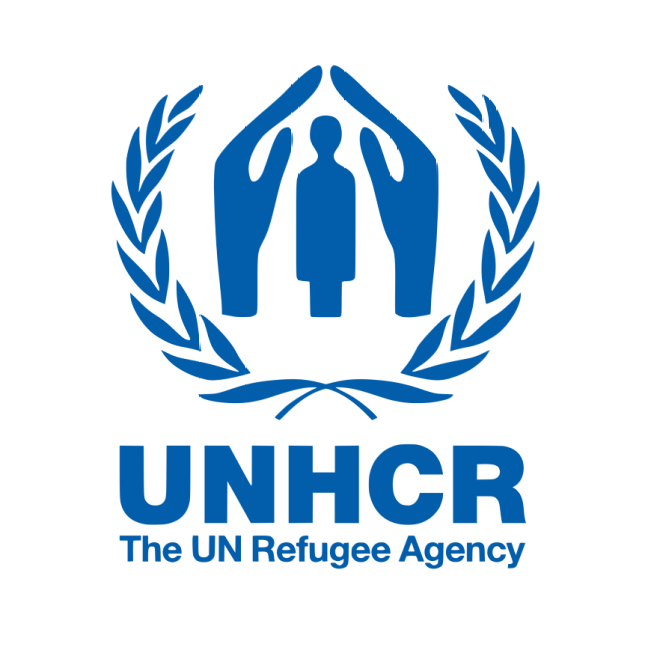Ethiopia’s swift and coordinated response to the COVID-19 pandemic offers a critical blueprint for managing the current suspected outbreak of viral haemorrhagic fever (VHF) in the South Ethiopia Region. Just as Ethiopia mobilized resources, strengthened health systems, and engaged communities robustly during COVID-19, the same comprehensive approach must be applied to this emerging threat to safeguard public health effectively.
During the early days of the COVID-19 crisis, Ethiopia rapidly activated an Emergency Operation Center and established multi-sectoral coordination platforms, enabling real-time data sharing and swift decision-making. The Ministry of Health expanded laboratory and testing capacity nationwide, significantly increasing the number of facilities capable of COVID-19 diagnostics from a single center to dozens within months. This decentralization ensured faster detection and containment, particularly outside the capital.
The government also deployed thousands of rapid response teams that worked closely with communities to conduct screenings, promote preventive measures like mask use and social distancing, and manage contact tracing. Public health messaging was transparent and consistent, helping build public trust and cooperation. In addition, Ethiopia boosted clinical care capacities by designating specific treatment centers, procuring oxygen supplies and ventilators, and training healthcare workers in COVID-19 management and infection prevention.
Public-private partnerships played a vital role, with local industries shifting production to make masks and sanitizers while private hospitals supported testing efforts. Higher education institutions provided quarantine facilities and research support. Despite resource constraints, this unified and transparent effort prevented the catastrophic toll feared at the outset, preserving lives and limiting economic disruption.
These COVID-19 response successes underscore key lessons for the VHF outbreak: rapid mobilization, multisectoral coordination, decentralization of testing and care, and open communication are indispensable. Ethiopia’s health authorities, supported by WHO, have already begun deploying specialized teams and equipment for the VHF response, but the challenge remains immense.
Transparent government leadership is crucial now—regular public updates about the evolving situation, timelines for laboratory results, and clear guidance on preventive behaviors will empower communities while stemming misinformation and fear. Protecting healthcare workers with adequate personal protective equipment and training is vital to prevent nosocomial transmission, a known risk in haemorrhagic fever outbreaks.
Sustained investment in health infrastructure, epidemic preparedness, and community engagement—pillars proven during COVID-19—cannot be compromised due to competing priorities or financial constraints. The VHF threat is a stark reminder of the ongoing fragility in public health systems.
Moreover, the political will and multisectoral collaboration that Ethiopia demonstrated during COVID-19 must be replicated with equal vigor and transparency. Engaging local leaders, civil society, and media outlets will facilitate community compliance and reinforce trust in government actions.
In short, the principles that steered Ethiopia through the COVID-19 emergency—rapid, coordinated response coupled with transparent communication and community partnership—must guide the current viral haemorrhagic fever response. Every day of delay or opacity risks avoidable transmission, lost lives, and retreat from hard-won health gains.
The Ethiopian people deserve truthful, timely information and decisive action that prioritizes their safety and dignity. By harnessing the lessons learned from COVID-19, the government can not only contain this outbreak but also strengthen the foundation for future health security.
This crisis, daunting as it is, provides an opportunity: to reaffirm Ethiopia’s commitment to its people’s health through openness, science-driven policy, and solidarity. The strength of the nation will be measured not only in how it manages disease but in how it engages and protects its citizens in times of uncertainty.
The government’s resolve to confront this threat with transparency and inclusive action can transform fear into resilience, confusion into clarity, and risk into readiness. Ethiopia’s COVID-19 experience illuminates the path forward—let that guide today’s response, preserving lives and building trust for tomorrow.
What is an Ebola or Marburg virus infection?
Ebola and Marburg virus diseases are rare but often deadly diseases that are caused by the Ebola or Marburg virus. A person who is sick with one of these viruses can spread the infection to others. These are known as hemorrhagic viruses, because they can cause severe bleeding.
These viruses started in Africa, and that is where most cases of the disease have happened. Infections have occurred in other parts of the world when people with the disease travelled there.
For the most up-to-date news about Ebola or Marburg outbreaks, check the Government of Canada website (www.canada.ca/en/public-health/services/diseases/ebola/surveillance-ebola.html) or the Public Health Agency of Canada website (www.canada.ca/en/public-health/services/infectious-diseases/viral-haemorrhagic-fevers/marburg-virus-disease.html).
How is the Ebola or Marburg virus spread?
How a human first got one of these viruses is not known. Most experts think a person got the virus from an animal.
These viruses can be spread among people through direct contact with:
- The body fluids of someone who has the disease or who died from it. These include blood, urine, saliva, feces, vomit, semen, mucus, and sweat. Health care workers, caregivers, and people who prepare infected bodies for funerals need to protect themselves from getting infected with the virus.
- Objects that have the virus on them. These include needles and syringes, bedding, and clothing.
You cannot catch the Ebola or Marburg virus just by breathing the same air as an infected person. For the virus to spread to you, body fluids from an infected person have to enter your body. The virus can enter your body through broken skin (even tiny cuts you cannot see) or mucous membranes, such as the eyes, nose, and mouth.
People infected with the virus cannot spread it until they have symptoms.
The first symptoms usually feel like the flu. They include:
- Fever.
- Chills.
- Feeling tired.
You may also have:
- Headaches.
- Muscle pain.
- Diarrhea.
- Vomiting and a stomach ache.
- A rash.
- Bleeding (hemorrhage) under the skin, in internal organs, or from openings in the body such as the mouth, eyes, or ears. This usually happens later in the disease.
The symptoms appear suddenly from 2 to 21 days after you are exposed to the virus. But most people see symptoms in 8 to 10 days.
How is an Ebola or Marburg virus infection treated?
There is no medicine that cures an Ebola or Marburg virus infection. You will be treated in a hospital and separated from other patients. Treatment may include:
- Fluids through a vein (I.V.).
- Watching oxygen levels and blood pressure.
- Blood transfusions, if needed.
- Treating other infections if they occur.
- Help with breathing in an intensive care unit (ICU).
How well or fast you recover depends on how strong your immune system is and the quality of care you get.
How can you prevent an Ebola or Marburg virus infection?
- If you work in health care or a laboratory and you work with Ebola patients or the Ebola virus, you may be able to get the Ebola vaccine.
- Avoid areas where many people have the disease. Check the Government of Canada website (www.canada.ca/en/public-health/services/diseases/ebola/surveillance-ebola.html) or the Public Health Agency of Canada website (www.canada.ca/en/public-health/services/infectious-diseases/viral-haemorrhagic-fevers/marburg-virus-disease.html).
- Wash your hands often.
- Do not touch any objects that may have touched the blood or other fluids of an infected person.
- Avoid close contact with people who have the disease or who died from it.
- Avoid hospitals or clinics in West Africa where the disease is being treated. Call the Canadian embassy or consulate for advice if you need medical care.
- Don’t buy or eat wild animals (“bush meat”) in local markets in West Africa. If you’re not sure what an animal is or whether or not it’s wild, don’t buy it.
- Tell your doctor if you have touched the body fluids, such as blood, urine, saliva, feces, vomit, semen, mucus, or sweat, of a person who may be sick with Ebola or Marburg virus infection.







